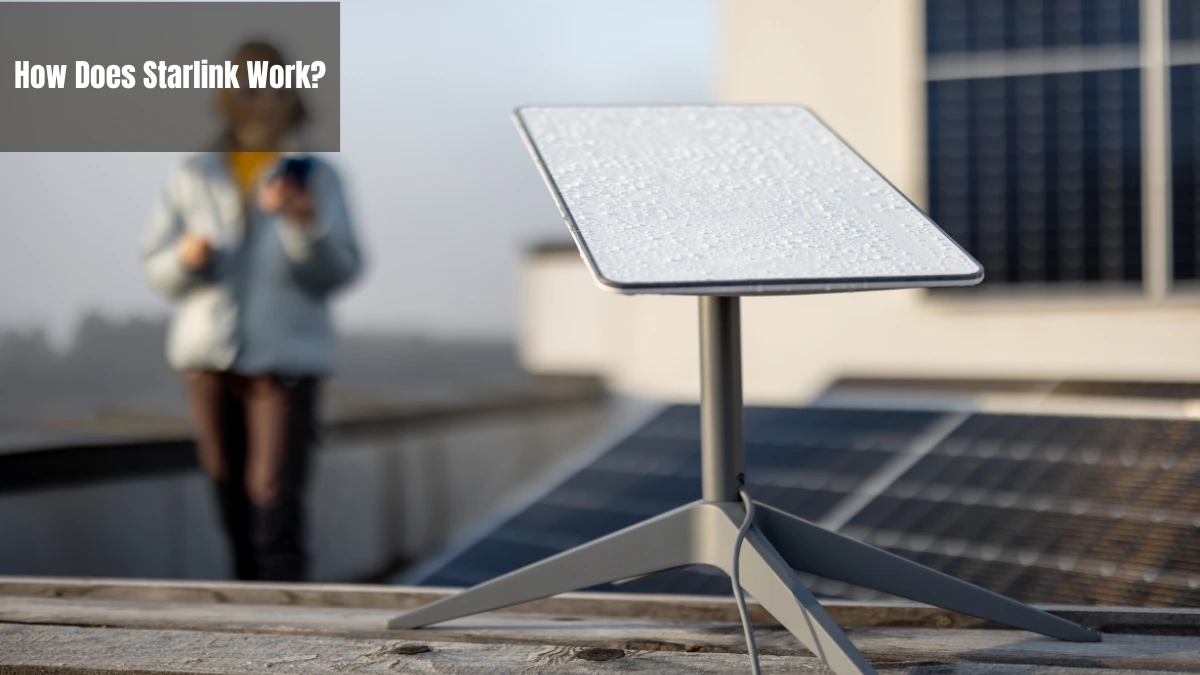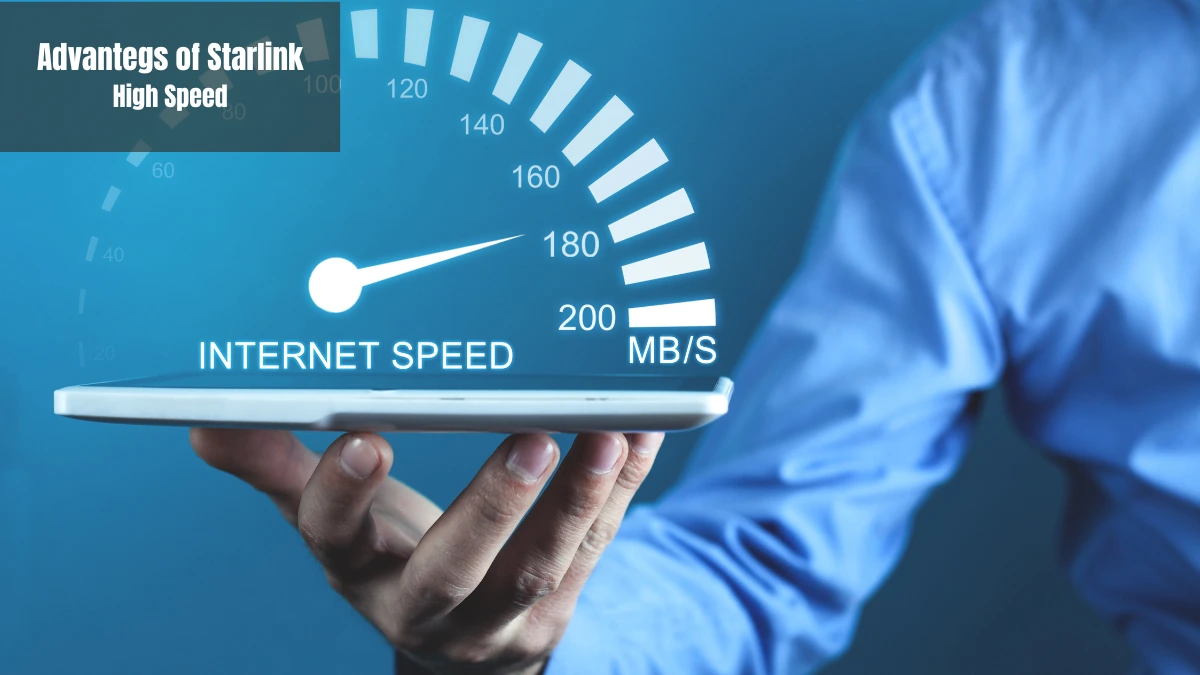For those of you who live in areas with poor signal or no fiber optic network coverage, you probably use Very Small Aperture Terminals (VSAT). But did you know there is a new technology called Starlink?
Since its launch in 2015, this internet service from SpaceX has proven successful in various countries, including the United States. Starlink offers a new alternative for internet connectivity in remote areas, featuring simpler installation and faster connections.
Curious about this latest technology? Let’s explore Starlink together—from its definition, how it works, its advantages, examples of its use, and its regulations in Indonesia.
What is Starlink?

Starlink is a satellite-based internet service that aims to bring high-speed internet to the entire world, including areas that were previously inaccessible.
The device, developed by SpaceX, Elon Musk's space company, works through hundreds or even thousands of small satellites. These satellites orbit low above the Earth's surface, known as LEO (Low Earth Orbit).
LEO satellites are only about 500 km from Earth, much closer than conventional satellites in geostationary orbit (about 35,000 km). This proximity enables Starlink to offer faster connections, lower latency, and broader coverage.
How Does Starlink Work?

Starlink works similarly to VSAT, which relies on satellites to send and receive data. This device consists of three components to perform its tasks, namely LEO satellites, ground stations (gateways), and user terminals.
LEO satellites are components that orbit the Earth. Meanwhile, gateways are devices connected to the global internet. The user terminal is a component that consists of a parabolic antenna (dish), modem, and router.
These components are connected like a wireless bridge. Data from a laptop is sent to the Starlink dish, then to the satellite, and forwarded to the nearest gateway. This data transmission is faster than regular satellite services because Starlink's satellites are in low orbit.
The Advantages of Starlink
Not only does it provide fast data transmission speeds due to its low-orbit satellites, but Starlink also offers many other advantages. Here are some of them:
High speed

High speed is an advantage that SpaceX often touts. This was proven in the latest trials, which showed download speeds of up to 220+ Mbps and upload speeds of 24+ Mbps. This makes the internet connection from this device unquestionably effective in boosting productivity, whether for business or personal use.
Low latency
The latency of this device is relatively low because it uses LEO satellites that are closer to Earth. Compared to other satellites that have a latency of 400+ milliseconds, Starlink only has a latency of around 27 milliseconds.
Practical installation
Unlike VSAT, Starlink installation is simple. You don't need a technician; just order the equipment (dish, router, and cable), install it yourself, connect it to the power supply, and connect to the app. Just follow the app instructions, and the device will be installed in about 30 minutes.
Can be used anywhere
Since it does not use a cable network, Starlink can be used anywhere. The device is suitable for locations that do not yet have internet connectivity, such as remote and rural areas. Not only that, but this device can also be relied on for small islands or boats in the middle of the sea.
Weather-resistant
This device is suitable for various locations, including those with extreme weather conditions. Designed to withstand extreme weather conditions, the device will continue to function stably even in heavy rain, strong winds, and snow.
The Application Example of Starlink
With its various advantages, Starlink can be utilized and applied to a wide range of needs.
- Personal connectivity: Can be used for homes or businesses in hard-to-reach locations.
- Remote areas: Teaching and learning activities, health services, and public administration.
- Transportation: Public transportation, trucks, buses, ships, and boats for data connection during travel.
- Emergency response: Coordination of information delivery during natural disasters.
- Tourism: Providing internet connection in tourist destinations that are difficult to reach with fiber optic infrastructure.
Starlink Regulation in Indonesia

The Starink utilizes communication technologies that operate within a specific frequency spectrum. In Indonesia, a wireless device is required to have a DJID (Directorate General of Digital Infrastructure) under the Ministry of Communication and Digital (KOMDIGI).
Starlink regulation is based on the Director General of Post and Telecommunications Regulation (PERDIRJEN POSTEL) No. 101 of 2007, which requires all radio frequency-based devices to meet specific technical standards before being sold in the country.
The DJID certification ensures that the product meets government safety and quality regulations and does not interfere with other communication devices. The certification process involves technical testing, such as frequency adjustments, safety checks, and compatibility with the surrounding environment.
Once the tests are completed, products that pass are listed in a Test Result Report, which confirms that the product is safe and meets the requirements for sale in Indonesia. This report reassures customers that the product meets technical standards and is secure.
For companies wanting to sell a Starlink in Indonesia, Type Approval Certification Services for ICT Products are available to assist with this process. This service includes preparing technical and legal documents, conducting required testing, ensuring compliance with regulations, helping companies streamline the certification process, and giving consumers confidence in certified products.